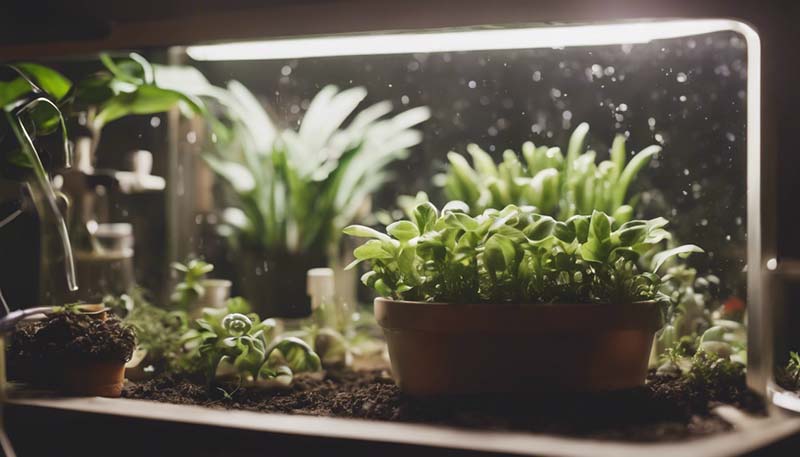Indoor Gardening and Sustainability: How to Save Water
Sustainability is a key focus in modern gardening practices, particularly with the increasing awareness of water scarcity and the need to conserve this precious resource. Indoor gardening, while offering a controlled environment for growing plants, can still contribute to water conservation efforts. This article explores various methods and strategies to save water while maintaining a thriving indoor garden.
Understanding Water Needs
Before delving into conservation techniques, it's important to understand the water needs of your indoor plants. Different plants have different water requirements based on their species, size, and the stage of their growth cycle. Researching the specific needs of your plants is the first step towards efficient water use.
Advertisement
Watering Techniques
1. Drip Irrigation Systems
Drip irrigation systems deliver water directly to the root zone of plants, minimizing evaporation and runoff. This method can reduce water usage by up to 50% compared to traditional watering methods.
2. Soak and Dry Method
The soak and dry method involves thoroughly watering the plants until water drains from the bottom of the pot and then waiting until the top inch of soil is dry before watering again. This prevents overwatering and ensures plants only receive the water they need.
3. Watering at the Right Time
Watering early in the morning or late in the evening can reduce evaporation due to sunlight and heat. This ensures more water reaches the plant and less is lost to the atmosphere.
Water Collection and Reuse
Collecting water that drains from your plants after watering can be a simple yet effective way to recycle water. This water, which still contains nutrients, can be used to water other plants or added to a compost system.
Using Water-Saving Tools
1. Self-Watering Planters
Self-watering planters have a built-in reservoir that allows plants to draw water as needed. This reduces the frequency of manual watering and can help maintain consistent soil moisture levels.
2. Water Absorbing Crystals
Adding water-absorbing crystals to your potting mix can help retain water and slowly release it to the plants. These crystals can expand to hold many times their weight in water, reducing the need for frequent watering.
3. Rainwater Harvesting
Collecting rainwater in barrels or other containers is an excellent way to gather free water for your indoor garden. Rainwater is often more beneficial for plants as it is free of chemicals and has a natural pH balance.
Soil and Mulching
Using water-retentive soil mixes and applying a layer of mulch can help retain moisture in the soil. Mulch also helps to regulate soil temperature, reducing the rate of evaporation.

Choosing the Right Plants
Selecting plants that are well-suited to indoor conditions and have low water requirements can significantly reduce water consumption. Native plants and drought-tolerant species are excellent choices for indoor gardens.
Education and Awareness
Staying informed about water-saving techniques and the latest technologies can help you continuously improve your water conservation efforts. Joining gardening clubs or following experts on social media can provide valuable insights and tips.
Conclusion
Indoor gardening offers a unique opportunity to practice sustainable water use. By adopting efficient watering methods, recycling water, using water-saving tools, and choosing the right plants and soil, you can maintain a lush indoor garden while conserving water. Every drop counts, and in the context of sustainability, indoor gardens can play a significant role in reducing our collective water footprint.
Comment